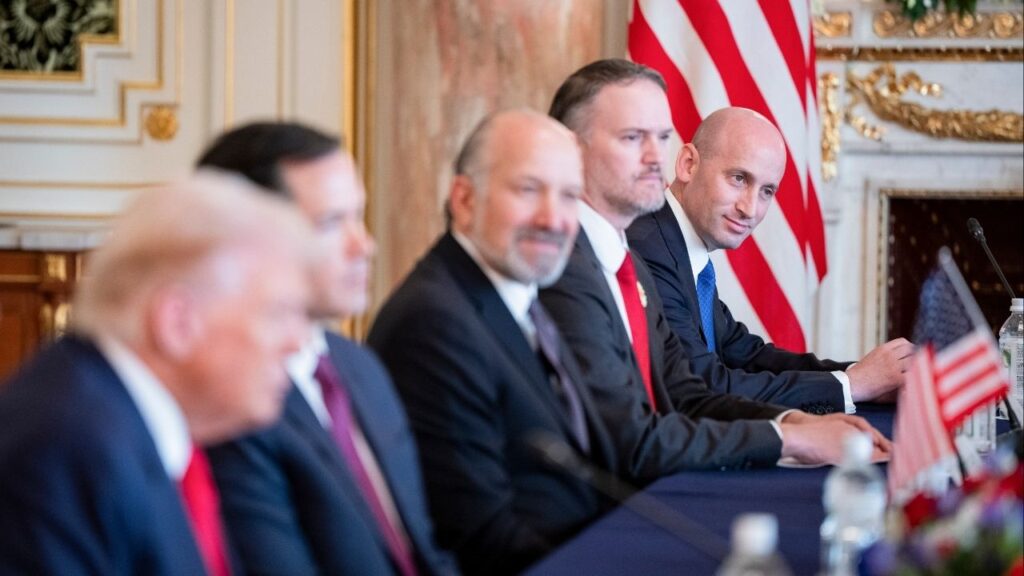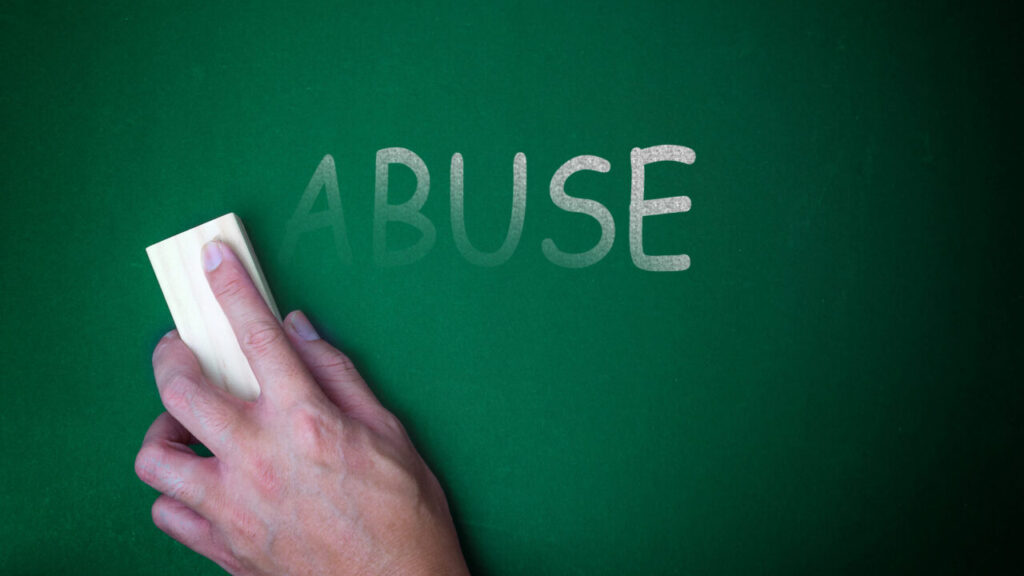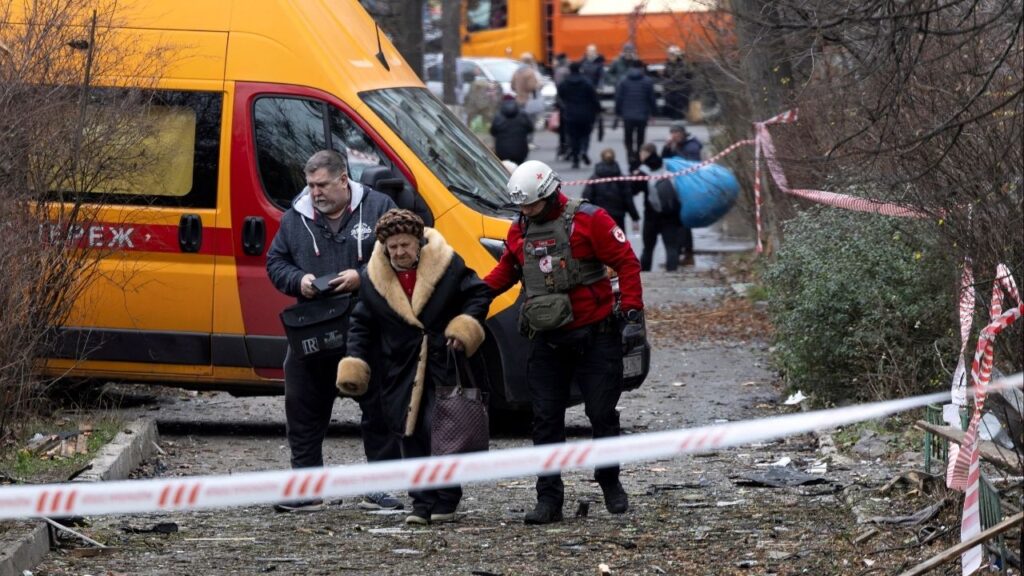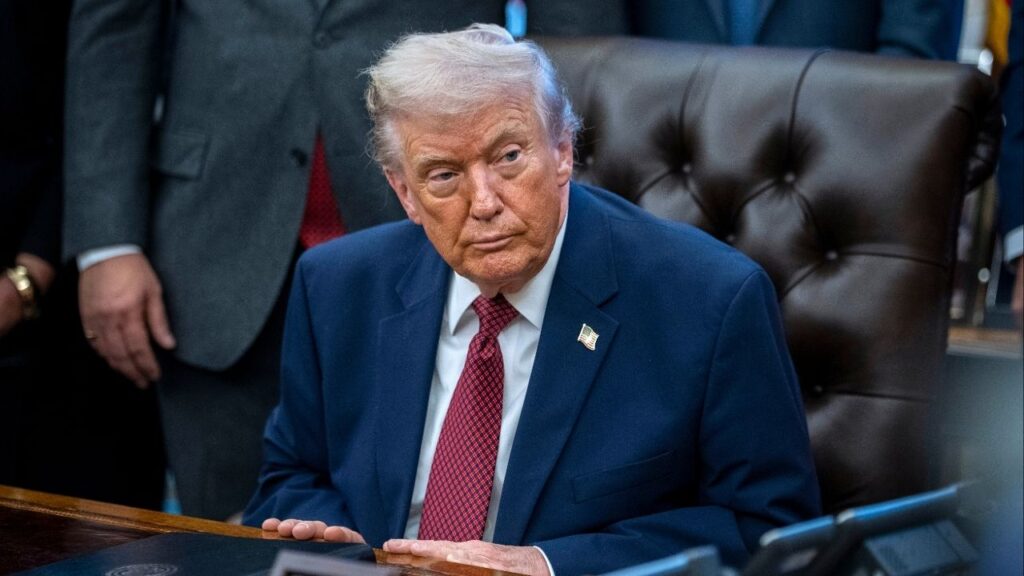Share
NEW YORK — Retail sales fell in May, dragged down by a decline in auto sales and a shift by Americans to spend more on vacations and other services instead of goods.
Total sales dropped a seasonally adjusted 1.3% in May from the month before, the U.S. Commerce Department said Tuesday. Wall Street analysts expected a smaller decline of 0.5%.
Retail Sales Drop Due to Lack of Cars and More Spending on Travel
Economists predicted retail sales to drop in May because of the lack of cars available for sale due to a worldwide shortage of chips, which are needed to power in-car screens and other features. Sales at auto dealerships fell 3.7% last month, the government said.
Another reason for the decrease: As more Americans are vaccinated and want to head out more, they are spending more of their money on haircuts, trips and other services that are not included in Tuesday’s report. Last month, sales fell at furniture, electronics and home building stores.
“Consumer spending growth through the rest of the year will shift to services from goods,” wrote PNC chief economist Gus Faucher in a research note.
That switch will also likely help reduce the supply shortages that have plagued some parts of the economy and pushed up inflation. There are signs this is already happening: With car prices rising, auto sales have slowed. Vehicle sales soared in the pandemic, which means fewer people need new cars. And according to a separate government report Tuesday, automakers ramped up production in May, after it fell in two of the previous three months.
Home builders have also cut back on the construction of new homes in response to sharply higher lumber costs. Now, lumber prices are declining as sawmills lift production.
“We’re seeing some of the sectors where we had the greatest supply-demand imbalance seeing some resolution of that imbalance,” said Gregory Daco, chief U.S. economist at Oxford Economics. “Supply is rising while demand is cooling. It’s almost a natural rebalancing of the economy.”
Retailers Optimistic of Economic Rebound
Sales at restaurants rose nearly 2%, according to Tuesday’s report. And those seeking a new outfit to go out in helped clothing store sales rise 3%.
Retail sales have been choppy even with an improving U.S. economy, falling unemployment rate and a rise in consumer confidence. Retail sales fell at the end of 2020 and in February of this year. But spending surged almost 11% in March as Americans received and spent their $1,400 stimulus checks. On Tuesday, the Commerce Department revised April’s number upward to a 0.9% increase after previously reporting no change in sales.
Despite May’s drop, retailers have been optimistic that the vaccine rollout will lead to more people in their store aisles. Electronics chain Best Buy, for example, said it expects a key sales figure to rise this year, after previously expecting it to fall.
And the National Retail Federation, which represents Walmart and other big chains, updated its forecast for the year, saying it now expects retail sales to rise as much as 13.5% this year from 2019, up from its previous forecast of at least 6.5% growth.
“The economy and consumer spending have proven to be much more resilient than initially forecasted,” said Matthew Shay, the trade group’s president and CEO.
RELATED TOPICS:
Categories

Stephen Miller Cites Children of Immigrants as a Problem

Former US Senator Ben Sasse Announces He Has Terminal Cancer

















